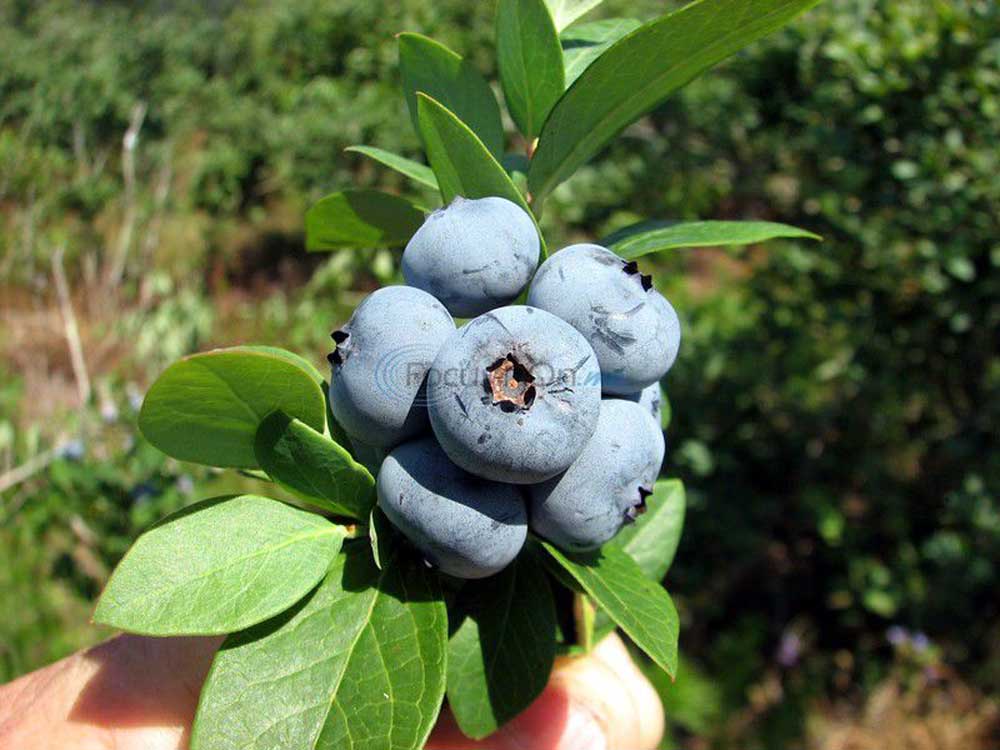Blueberries are perfectly suited for East Texas gardens
Published 9:21 pm Wednesday, January 7, 2015
Growing your own food is gaining in popularity, and eating healthy is certainly a hot topic these days. One of the foods promoted for good health are blueberries, and here in East Texas, we have the right soils and climate to grow these easy and popular fruits. They are high in antioxidants, which are considered important in helping prevent various diseases.
Many types of blueberry species are native to North America, and growing the right ones are important for success. The best type for us in Northeast Texas are the rabbiteye blueberries (Vaccinium ashei), native to the southern United States. A mature rabbiteye blueberry plant can produce 15 pounds of fruit per year. Besides their culinary and health benefits, blueberry plants can be quite attractive in the fall as their foliage turns into orange, red and purple hues.
Blueberries are relatively easy to grow if given the right growing conditions, variety selection and soil preparation. They have few pests, need little fertilization and therefore fit well in an organic or Earth-Kind garden.
Varieties: Variety selection is important with any type of blueberry. Varieties vary in the time when they bloom (the crop of early bloomers are sometimes damaged by a late spring freeze), when they ripen and size of the fruit. Like many types of fruits, blueberries require a certain number of chilling hours to satisfy their dormancy requirement. Varieties with very low chilling requirements are often the ones that bloom early and are damaged by late freezes. Some of the varieties recommended for our area include Brightwell, Climax, Alapaha, Austin, Premier, Vernon, Powerblue and Tifblue.
For best production and to maximize fruit set, you should plant two blueberry varieties. Austin and Premier will work for Brightwell, Climax, Alapaha and Vernon. Brightwell works well with Tifblue, Powerdblue, and Alapaha works well with Vernon and Premier. Brightwell and Tifblue are somewhat self-fruitful, but will produce better with another variety.
Planting: Blueberries do not tolerate alkaline soil or water, and are very sensitive to salts and sodium in the water. They also require acidic soils in the pH range of 4.0 to 5.5. If the pH of your soil is higher than that, then consider growing them in raised beds or containers filled with a peat moss/pine bark mix.
Good drainage is critical, and therefore sandy soils work the best for blueberries, and clay soils should be avoided. Work in lots of organic matter, like decomposted pine bark and peat moss, before planting to help with plant establishment. Plant blueberries about 5 to 6 feet apart to give them room to grow. Do not plant them any deeper than what they grew in the containers.
Fertilizing and Watering: Blueberry roots are sensitive to fertilizers, so care must be taken to not apply too much at any one time. New plantings should not be fertilized until the plants are well established and putting on vigorous new growth. Use organic or slow-release fertilizer formulations, applying just a little per application. If new plants don’t put on vigorous growth the first year, wait until next year to fertilize.
Blueberry plants are sensitive to drought, so pay close attention to soil moisture. You should not keep the soil saturated, nor let the soil totally dry out, especially during the summer and when they are loaded with fruit. Sandy soils should be watered lightly and frequently. Soils that tend to hold more water should be watered less often. Check soil moisture with your fingers or a reliable soil moisture meter.
Mulch: Applying a layer of organic mulch on the surface of the soil is a key ingredient in successful blueberry production. Mulches reduce water loss from soil due to evaporation, and add organic matter as they decompose. Plus, they help keep the planting bed free of weeds. Pine straw, shredded leaves, or wood chips work well. Do not use manures or animal bedding, as they are high in salts.
Pests: Probably the biggest pest threat to your blueberry crop is birds, who relish the fruit as much as we do. Invest in some bird netting, and cover your plants before they start ripening.
Harvest: Blueberries do not ripen all at once on a bush, and a cluster of fruit will have various stages of ripeness. Blueberries also do not get any sweeter after harvesting, so you need to pick them as they ripen on the bush. Harvest may last up to six weeks.
Keith Hansen is Smith County horticulturist with the Texas A&M AgriLife Extension Service. His web page is http://EastTexasGardening.tamu.edu. His blog is www.agrilife.org/etg. Find him on Facebook at facebook.com/easttexasgardening.







